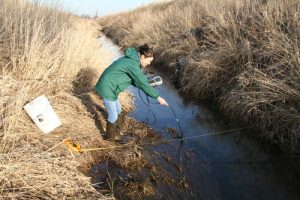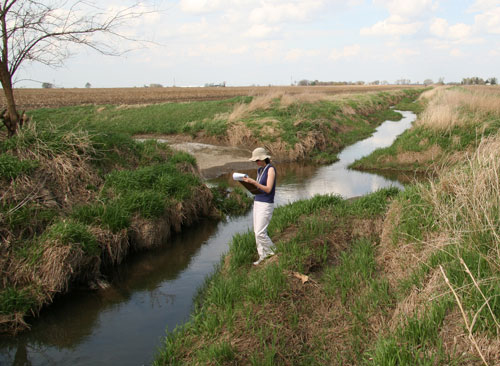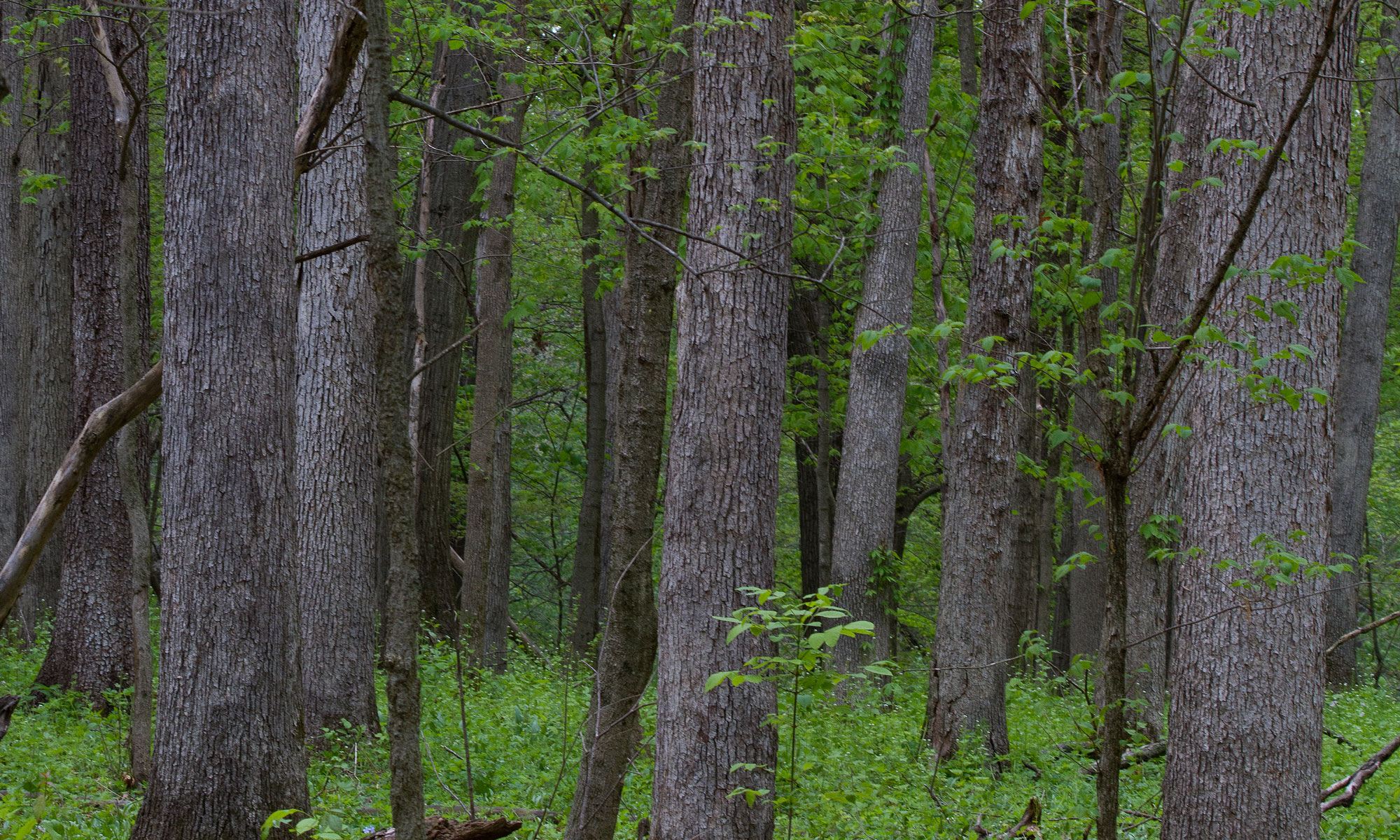 Water quality monitoring and assessments are conducted seasonally, primarily at streams that are within or adjacent to IDOT highway project sites. The primary objectives are to document the physical characteristics and chemical components of water — to establish baseline data and to identify changes as well as trends in water quality over time for each site and its drainage basin. The procedures for water quality monitoring and assessments include both field measurements and the collection of raw water samples for analyses that are completed in water quality laboratories.
Water quality monitoring and assessments are conducted seasonally, primarily at streams that are within or adjacent to IDOT highway project sites. The primary objectives are to document the physical characteristics and chemical components of water — to establish baseline data and to identify changes as well as trends in water quality over time for each site and its drainage basin. The procedures for water quality monitoring and assessments include both field measurements and the collection of raw water samples for analyses that are completed in water quality laboratories.
In the picture, above, Kristi Moss is using a multimeter to record physical and chemical parameters of the stream. Ten physical and chemical parameters are measured in the field (barometric pressure, air and water temperature, dissolved oxygen and percent saturation of dissolved oxygen, hydrogen ion concentration as pH, specific conductivity, salinity, total dissolved solids, and turbidity) immediately prior to conducting surveys for aquatic macroinvertebrates, and at other times during periodic water quality monitoring exclusive of surveys for aquatic fauna. After field measurements have been recorded, water samples are collected, then acid-preserved and placed on ice for return to labs at the INHS, Illinois State Water Survey, and/or Prairie Analytical Systems, Inc. for processing and analyses. In the lab, analyses for 40 organic and inorganic constituents, including metals, are completed. These data are integrated into IDOT reports along with results of surveys for aquatic biological resources (e.g., fishes, mollusks, crayfishes, insects, worms, and other non-insectan macroinvertebrates).

